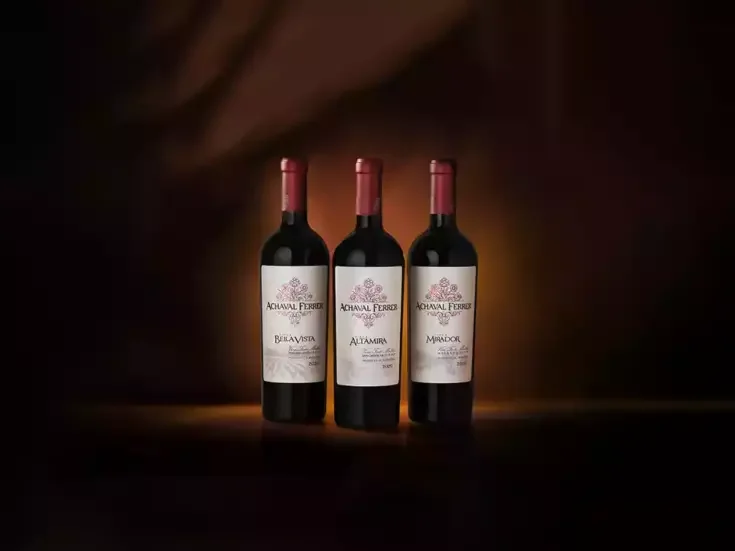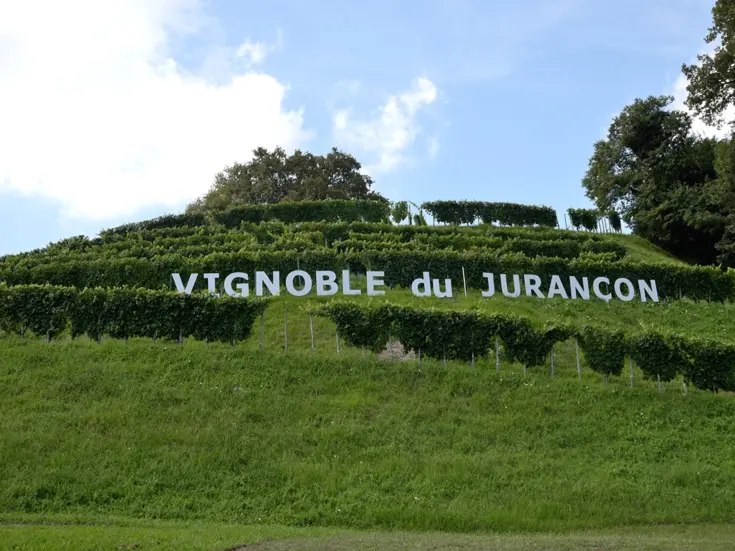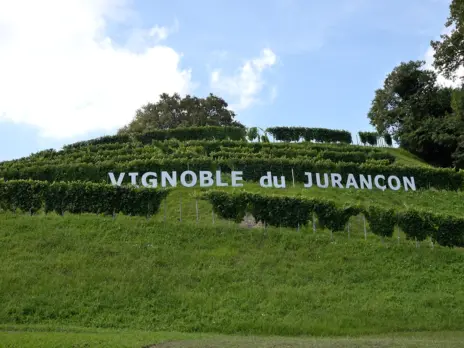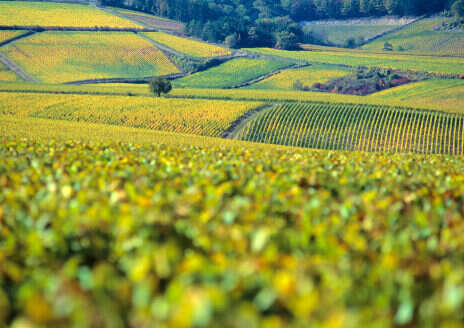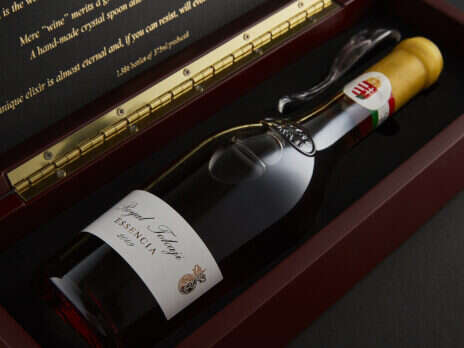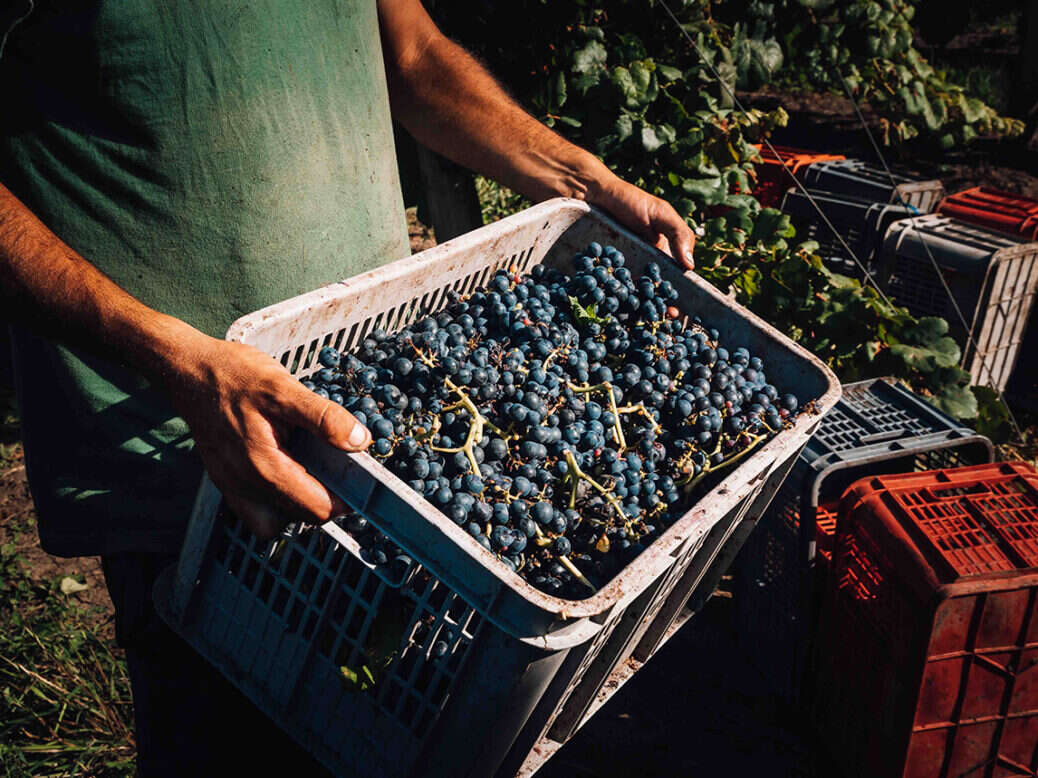
The French wine grape that owes its name to its high tannin content was taken to Uruguay by Basque immigrants in the 19th century.
Pascual Harriague, born in Hasparren, France, is credited with being a pioneer viticulturist of the variety in the country.
In his honor INAVI (Instituto Nacional de Vitivinicultura) the national body for promotion and regulation of Uruguayan wine declared April 14, the date Harriague was born, as Tannat Day.
Until the 1990s, the variety was called Harriague. Tannat is native to the Southwest of France, from the Pyrenees region. It is the main wine grape in the AOC Madiran.
Uruguay is recognized for the quality of its wines made with Tannat, a wine grape that before Uruguay decided to bet for it as its flagship grape, was little known in the New World.
Nowadays other wine-producing countries and regions have planted the variety for its excellent results and versatility.
The Uruguayan vineyard

The area of Tannat in Uruguay in 2021 is 1,607 hectares, which corresponds to 27 percent of the total vineyard area in the country.
The age of Tannat vines in Uruguay is mostly in the range of 11 to 20 years. In the nineties INAVI promoted new plantings with high quality vine material of the by then already successful Tannat.
That’s why even though there are some old vines around 40 years old, the main area planted is quite new for viticulture standards around the world.
The total vineyard area in Uruguay is 5,966 ha, 77 percent of the wine grapes are red and the other 23 percent white.
Other varieties with important plantations in addition to Tannat are the red Merlot, Cabernet Sauvignon, Cabernet Franc, and Marselan, and the white Sauvignon Blanc, Chardonnay, and Albariño.
A Tannat for all seasons
Tannat is planted in all six wine regions of Uruguay (Northern, Northern Riverside, Southern Riverside, Central, Metropolitan and Oceanic) and vinified in different styles.
There is a Tannat for every consumption situation. Wine producers have managed, through years of experience, to obtain the best of the variety and diversify the styles of wines produced.

They have been working with this variety for years, they know it, they love it, and they got so used to it that it is already part of everyday life.
From the North and warmer areas to the South and cooler with total influence of the maritime climate achieved by the proximity of the Atlantic Ocean and the River Plate, Tannat winemaking styles have evolved in recent years.
Some of the most popular are sparking, rosé, sweet dessert, young and fruity, oak mature, and also wines vinified and matured in different vessels like amphorae and cement eggs.
Typical varietal characteristics of Tannat include a deep ruby color, although it can often appear purple depending on when the grapes were harvested and the winemaking style used.
On the nose it is austere, with a moderate intensity of aromas that are mainly part of the aromatic groups of red fruits and black fruits. Notes of spices and flowers can also be perceived.
They usually have high tannins, as well as acidity, which is also usually high.
Wines made from Tannat are full-bodied and the alcohol ranges from the top end of medium to high.
Uruguayan Tannat has a long road ahead, it will be more and more appreciated by Uruguayans and foreigners, it will achieve even more recognition, and it will be an opportunity so that Tannat and Uruguayan wines reach more corners of the world.
Gabi Zimmer

